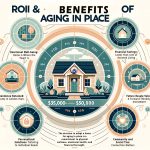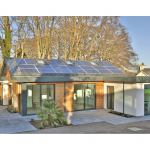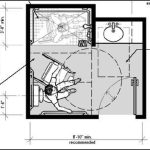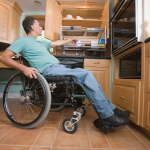Home Modifications for Cerebral Palsy
Living with cerebral palsy presents unique challenges. Creating a home environment that addresses these challenges can significantly enhance the quality of life for people with cerebral palsy. By understanding the specific needs of individuals with cerebral palsy, home modifications can provide greater independence, comfort, and overall well-being.
Overcoming Mobility and Accessibility Challenges
Mobility and accessibility issues are common challenges faced by individuals with cerebral palsy, especially for older adults. For those who rely on assistive devices like wheelchairs, walkers, or canes, a home’s layout must accommodate their mobility limitations. Limitations of fine motor skills can make daily activities like opening doors, turning on lights, and adjusting temperature settings more difficult. Home improvement solutions can address these challenges, making daily activities more manageable and creating a more accessible living space.
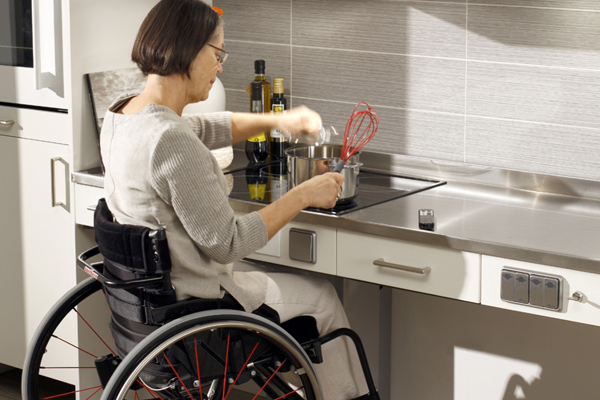
Essential Home Modifications for Living Independently
To address the challenges faced by individuals living with cerebral palsy, consider these essential home modifications:
- Ramps and wider doorways: Installing ramps in place of stairs and widening doorways can make it easier for individuals with mobility devices to navigate their homes.
- Bathroom adaptations: Improving bathroom functionality and safety is crucial. Installing grab bars, shower seats near handheld showerheads, walk-in tubs, and roll-in showers can provide essential support.
- Kitchen modifications: A user-friendly kitchen is essential for meal preparation and daily tasks. Adjustable height countertops, pull-out shelves or drawers, and accessible appliances can improve use of the home space.
- Flooring and lighting considerations: Choosing slip-resistant flooring combined with bright lighting can improve safety for individuals with visual impairments.
The home modification checklist provides a comprehensive guide to evaluate your home’s accessibility and safety needs. It’s important to recognize that every individual’s needs are unique.
Embracing Home Automation and Assistive Technology for Increased Muscle Tone and Motor Skills
Innovative home automation solutions and assistive technology can promote independence and simplify daily activities for individuals with cerebral palsy. These cutting-edge solutions may include:
- Voice-activated devices: Controlling lighting, temperature, and other aspects of the home environment becomes more manageable with voice-activated devices, particularly for those with fine motor skill limitations.
- Customized control systems: Tailoring control systems to an individual’s specific needs and preferences allows for seamless management of their living environment. This could include wall-mounted touch screens or use of smartphones and tablets to control home features.
- Assistive technology solutions: Devices such as automatic door openers, lift systems, and adjustable beds can create greater ease of movement within the home.
Creating Adaptable Spaces for Children
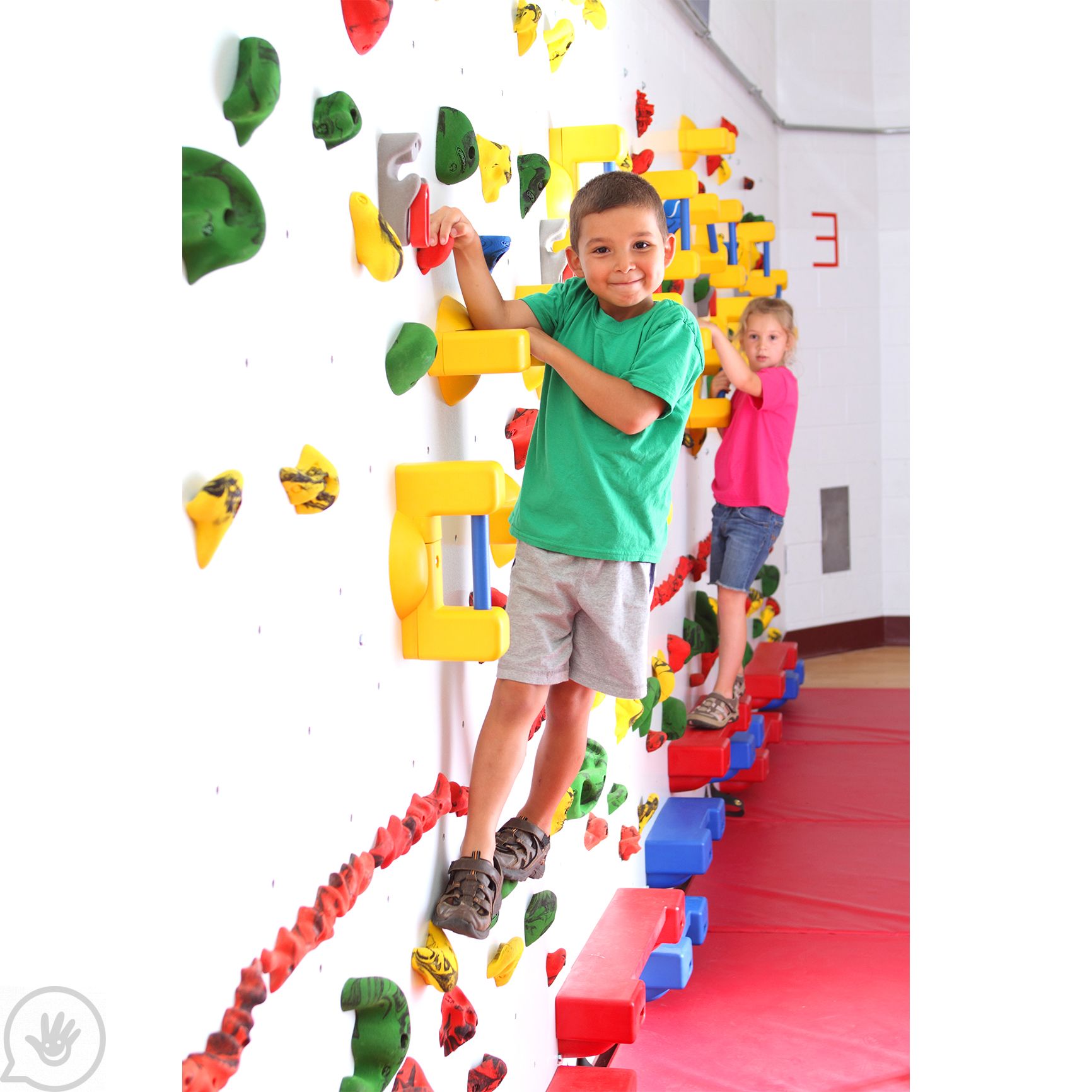
Children with cerebral palsy may require additional adaptations in their living spaces to ensure safety and promote healthy development. Consider the following modifications:
- Safe play areas: Designing safe and accessible play areas is vital for physical and cognitive development. Soft, padded flooring can help prevent injuries from falls, while adaptive swings and play equipment can encourage physical activity.
- Bedroom modifications: Creating a comfortable and safe sleeping environment is crucial. Adjustable beds and specialized mattresses can help prevent discomfort and reduce the risk associated with immobility. Bed handles and other safety equipment can also be installed to prevent falls and other injuries.
- Specialized therapy rooms: Dedicating a space tailored to the child’s therapy needs can help minimize distractions and provide a calm environment. Equipt the room with items like therapy balls, mats, and sensory tools. Adaptive seating and desk options, as well as assistive technology, can support communication and learning.
The Role of Design Professionals in Home Modifications for Cerebral Palsy
Design professionals can create customized home modifications to address the unique challenges faced by people living with cerebral palsy, resulting in a more accessible and supportive living environment. Collaborating with design professionals ensures that modifications cater to individual needs, promoting independence and comfort. To guide the process of creating a safe and inclusive living space, their expertise includes:
- Redesigning layouts: A design professional can assess your current home layout and suggest changes to create a more accessible space, from simple changes such as rearranging furniture or widening pathways, to more substantial changes that involve optimizing room layouts.
- Selecting appropriate equipment and technology: From choosing the best assistive technology to recommending home automation solutions, design professionals can provide valuable insights on equipment and technology that best suit your needs.
- Ensuring compliance with regulations and standards: Design professionals are knowledgeable about building codes, regulations, and accessibility standards, ensuring that your home modifications meet all necessary requirements.
- Providing ongoing support: Home modifications may need adjustments over time as an individual’s needs change. Design professionals can offer ongoing support and recommendations to ensure your living space remains functional and accessible.
The Impact of Home Modifications on Quality of Life for People with Cerebral Palsy
Investing in home modifications can have a lasting, positive impact on the quality of life for individuals with cerebral palsy. Some of the benefits include:
- Increased independence: By addressing mobility and accessibility challenges, individuals can gain greater control over their daily activities and live more independently.
- Enhanced safety: Proper home modifications reduce the risk of falls and other accidents, creating a safer living environment.
- Improved self-esteem: A living space that accommodates unique needs can help people with cerebral palsy feel more confident and self-reliant.
- Greater comfort: Customized home modifications can help create a comfortable and supportive living space that caters to the specific needs of those with cerebral palsy.
- Social support: Creating a more inclusive environment can make social gatherings and interaction more comfortable and enjoyable when inviting friends and family over.
Schedule a Consultation for Home Modifications
If you or a loved one requires home modifications to accommodate the challenges of cerebral palsy contact us today to schedule a consultation with our expert design professionals. We are dedicated to helping you create a safe and accessible living space that enhances the quality of life for people with cerebral palsy. With our support, you can transform your home into a comfortable and empowering environment tailored to your unique needs.
.




